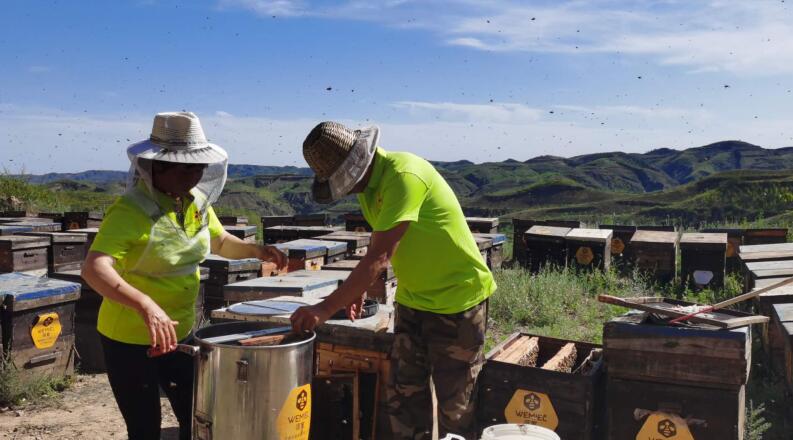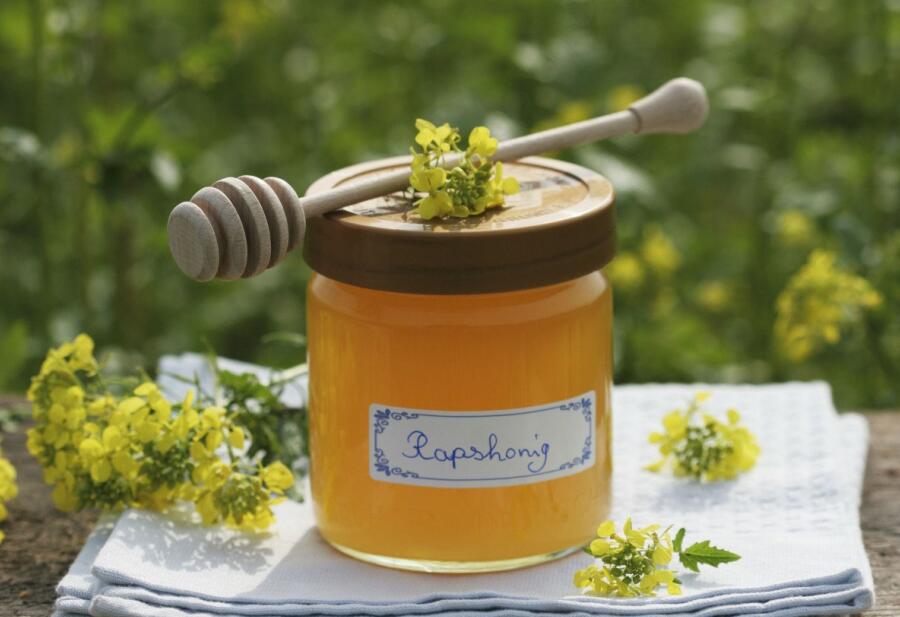China has a vast territory, rich nectar plants, diverse terrain and climate, and the flowering period of nectar plants varies in different periods throughout the year. In order to make full use of nectar plant resources in various places and improve economic efficiency, Chinese beekeepers cross geographical latitudes and chase flowers for honey everywhere. There are four main routes for the traditional transfer of bees in China.This article will mainly introduce The East line.

The East route for the transfer of bees is from Fujian Province, Guangdong Province to Anhui Province,Zhejiang Province to Jiangsu Province and to Shandong Province,next to Liaoning Province, to Jilin Province,to Heilongjiang Province,finally to Inner Mongolia..The specific arrangement is that the bee farm will go to Guangdong or Fujian to overwinter and breed in December, until the end of February or early March of the following year, the first stop to the north to pick rapeseed honey in Zhejiang or Southern Anhui;In mid-April, it will be transferred to southern Jiangsu to pick cabbage rapeseed honey and clover honey; Then transferred to Shandong in May to pick acacia honey; Then shipped from Jiaodong peninsula to Liaodong peninsula, picking the second acacia honey; Next directly to Changbai Mountain in Jilin in June or Heilongjiang to pick up linden honey; After the linden tree blooms in mid-to-late July, part of the apiary turns south back to Jilin, Liaoning or Inner Mongolia to pick sunflower honey.After September, the temperature in Northeast and Inner Mongolia dropped. The bee farms reproduced in the sunflower field and passed the "half winter". By mid-to-late November, they would go south to the southern breeding field in Guangdong and Fujian. The transfer distance of the east line is about 4000~5000 kilometers.

In recent years, with changes in crop planting and the environment, as well as traffic and information exchanges becoming more convenient, beekeepers can learn about changes in nectar sources and adjust bee release routes in a timely manner, which makes bee release routes also change. It has to be diversified.
Scan To Wechat
